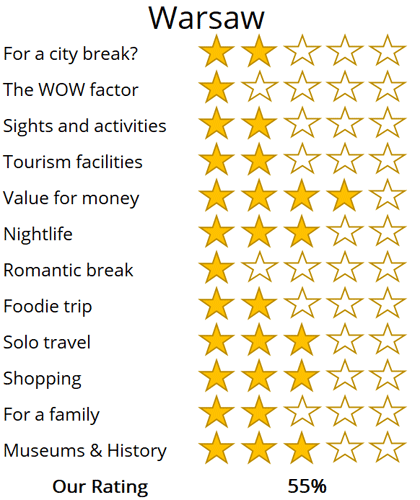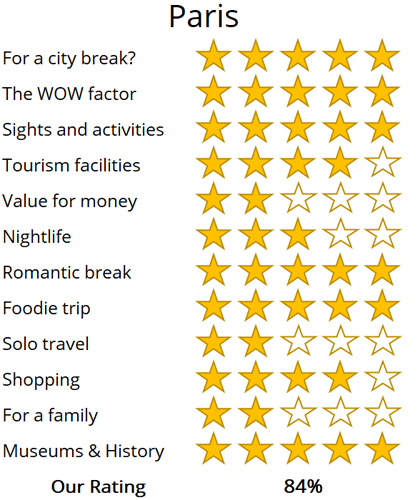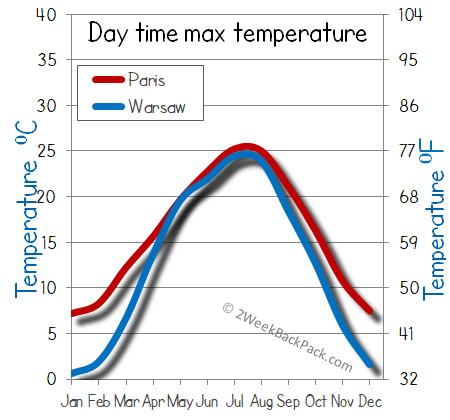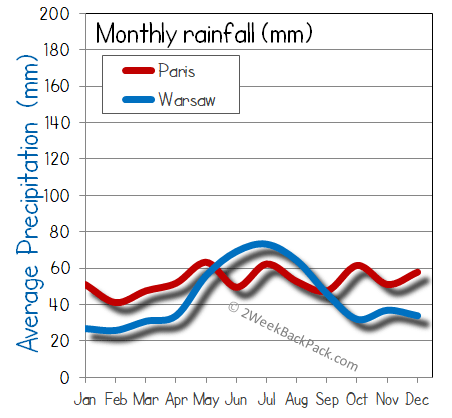WhereToGoForMyHoliday.com
The best destination comparison site!
WhereToGoForMyHoliday.com
The best destination comparison site!
Warsaw or Paris a vs city comparison and travel guide
Warsaw and Paris both offer unique and enticing experiences, but which one should you choose for your city break or holiday?
We understand your dilemma. There is an abundance of travel guides for both cities, but few actually comparing them, and advising you which is the better for your trip.
This article will provide our unbiased and independent views of Paris and Warsaw, hopefully making your choice that little easier.
The article is structured into several sections, each of which can be directly accessed through the following links:
• Introduction to the cities
• Scores and ratings
• Which one should I, friends, or family visit?
• When to visit and weather
• Who is the city suited for?
• The perfect 48hours (with map)
• Tourism details (where to stay? airport details?)
Introduction to Warsaw and Paris
Warsaw is a vibrant city that seamlessly blends the old with the new, offering a mix of historical sites and modern attractions.
This Polish capital is a city of contrasts. On one hand, you have futuristic shopping centres, and on the other, a Soviet-era skyscraper dominating the skyline. The Old Town, with its medieval appearance, is actually a meticulous reconstruction post-World War II.
It's this variety that makes Warsaw so intriguing. Whether you’re taking a romantic stroll through Łazienki Park, learning about the anti-Nazi uprisings, admiring Polish art in national galleries, or exploring the trendy Mokotow district, there’s always something new to discover.
Paris is famed as the capital of Romance, the epicentre of French culture and grand European art, and the home of iconic monuments like the Eiffel Tower. There's no question that it's an amazing city to explore.
Everywhere you go along the Seine River it seems like there's a world-class museum or gallery beckoning. But Paris can also be overwhelming, not to mention downright gritty in some parts.
The history here goes back to the Celtic tribes of the 400s BC. But it was the 7th-century fortifications on the Île de la Cité that went on to form the medieval kernel of the town.
The capital still radiates out from that, with bohemian neighborhoods along the Canal Saint-Martin, stereotypically Parisian cafes and cobbled streets in Montmartre, and enthralling cultural and foodie attractions throughout other arrondissements (areas).
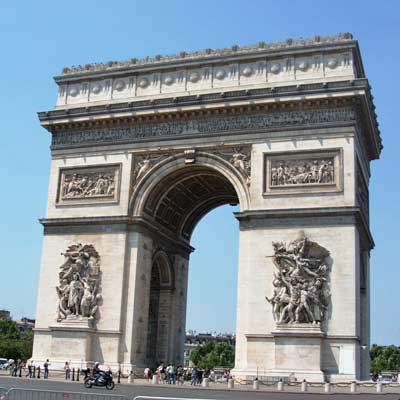
The Arc de Triomphe, constructed as a memorial to the soldiers who perished in the Napoleonic Wars and French Revolution

The historic centre of Warsaw
Warsaw vs Paris: City Ratings
Summary
Where would I journey for a personal escape?
Paris
Where would I send my parents for a memorable visit?
Paris
Where's the ideal destination for my adventurous 19-year-old cousin?
Paris
Where should my food-obsessed friend indulge their culinary passions?
Paris
Note: The above comparisons are weather-independent and are based on travel during the most opportune times of the year. Details about the ideal travel seasons are elaborated upon later in this article.
In the sections that follow, you'll find a comprehensive comparison between these two fascinating cities. This includes recommendations on the duration of stay, the best times to visit, and tailored 48-hour itineraries for each city.
The final segment delves into practicalities for your travels, such as the best airport to fly into, the optimal districts for your accommodation, and insider tips, for when you come to explore the city.
We hope that you find all of this information useful, in planning your next exciting trip!
Destination details
How long to spend each city?
Paris could take a lifetime to explore completely. This is a living, breathing, sprawling capital city, which means even the locals can be surprised at the new cafes, bistros, and cultural events that come and go. For travellers, at least three days is a good idea.
That's probably just enough to see the mainstay sights and hop into the Louvre to catch a glimpse of the Mona Lisa. Trips to explore outer arrondissements and sample Paris's pumping nightlife should probably be between four days and a whole week, with more extensions needed if you want to hit the Loire Valley for wine tasting.
Warsaw can be done quickly. Just a couple days is all you'll need to see the Old Town, the Palace of Culture and Science, the grand parks, and the main museums.
Of course, if you've got extra time to spare, Warsaw will always be able to fill it. Once you've checked off the main attractions, there are stacks of more local sights, eateries, and activities to get stuck into. They include café hopping down in hipster Mokotow, tasting ethnic foods in multicultural Praga, and even day outings to the Kampinos Forest or the post-industrial city of Łódź.
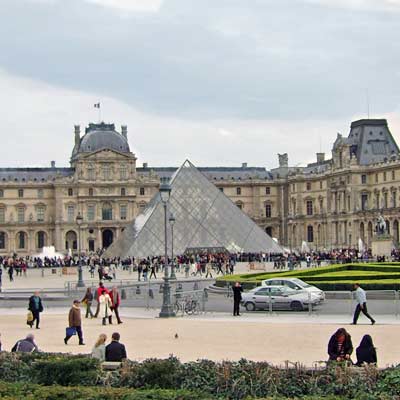
The Louvre with its distractive glass pyramid

The Park Royal Baths Park (Łazienki Królewskie) is the largest park in Warsaw and a great location for a summers day
Paris is known for its café culture, it would be a shame to miss all those al fresco coffees on the canal side. Enjoyments like that are most likely to be had in the warmer months, which – this far north in France – means May to September.
Outside of those, the rainfall picks up and things get chilly. That said, the summer is the most expensive and busy part of the year, so you'll be contending with others for those selfies by the Eiffel Tower.
Visits pre-Christmas tend to be pricier than those after Christmas. If you're eager to cosy up and see Paris in the ice and cold, you might want to push your break to February or March. Those months tend to be nice, quiet and free from the tourist masses.
If you don't want to wrap yourself up in cotton wool and thermals every time you step outside, it might be best to avoid the winter months in Warsaw. From November to December, below-zero temperatures are normal in the Polish capital, along with icy rain, sleet and snow.
Most locals often say that spring and early autumn are the sweet spots. While summer's warm, it can often be humid, and there's no beach or ocean nearby to help you cool off. Months like April and May see milder days and cool nights, while September is prime time to wander the famous parks of Warsaw, as the trees begin to change colour and glow orange, ochre and yellow.
Warsaw captivates those who appreciate lively, bustling capital cities. While the Old Town is stunning, it's not the main attraction. Instead, expect to spend your time exploring vibrant and authentic neighborhoods, filled with a variety of dining options from fusion to fine dining. Discover craft beer on guided tours and enjoy artisan breakfasts in quirky cafes.
On the other hand, Warsaw offers a deeply immersive historical experience. The Warsaw Uprising Museum and the POLIN exhibitions provide insightful introductions to the challenges faced by the Polish people and Polish Jews during Nazi occupation. Don't miss the 800,000 exhibits at the renowned National Museum, and take time to explore grand parks, complete with Chinese gardens and monuments dedicated to Chopin.
Paris is a master of art and culture. From the gold-gilded palaces of Versailles to the endless works of the Louvre and the Musée d'Orsay, you'll never be short on paintings or architecture or sculpture.
But the best Paris trips mix all that with a little bit of food, some classic sightseeing, and even a touch of hedonism. That makes this a versatile city-break option, offering wine bars and bucket-list attractions like the Eiffel Tower.
It's probably worth dodging Paris if you're not the sort who deals well with crowds, traffic, and big cities. The nearest place you can go to escape to nature are the forest parks on the outskirts. What's more, it can take a while to get from A to B in the French capital.

The gothic Saint Florian's Cathedral in Warsaw
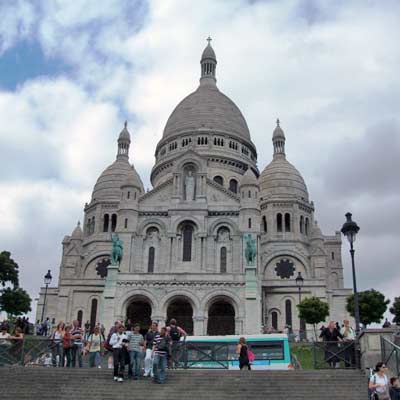
The Sacré-Cœur provides one of the finest view of Paris
Paris in 48 hours is a hard ask, but this itinerary should help distil the city's preeminent culture, art and atmosphere into two short days:
Day 1: Breakfast time in the 19th arrondissement. Local and traveller joints meet there, with some charming cafés and bakeries lining Le Bassin de la Villette, where there are open-air swimming spots in the summer months. Then, move south-west along the picturesque Canal Saint-Martin.
It takes you to the beating heart of the city, just shy of where the Île de la Cité hosts the beautiful Cathedral of Notre Dame. Take your photos and then move across the Seine River to the famous Latin Quarter.
It's the perfect place to explore in the afternoon, with boutique bookshops and atmospheric cafés aplenty. For the afternoon, cross the water again and duck into the Louvre Museum.
The morning rush should have subsided, so you can wander the exhibition rooms in search of the Mona Lisa and the Venus de Milo without having to jostle with too many. In the evening, return westwards to hipster Belleville. This district is one of Paris's Chinatowns, with more noodle shops and dim sum outlets than you can shake your guidebook at.
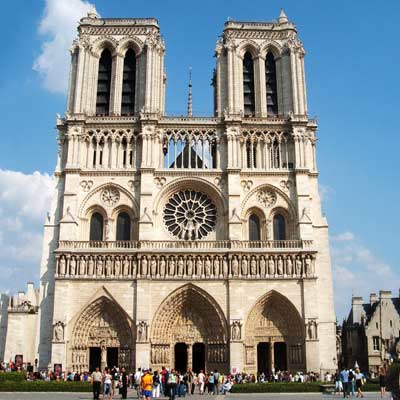
Notre-Dame
Day 2: Seek out the bohemian neighborhood of Montmartre to start your second day in Paris. It's known for its zigzagging cobbled streets and urban staircases, but also comes replete with cosy coffee houses with crispy croissants. At the very top of the hill where the district is draped is the gorgeous Sacré-Cœur. Its great travertine domes gaze over the city, so expect some awesome views.
On the way down, heading west, you might just pass by the infamous Moulin Rouge and its makeshift windmill all lit up in red neon. You can catch a metro from that to go along to Ternes. Emerge and you'll be looking straight down at the Arc de Triomphe, which marks the start of the Champs-Élysées – a place to shop till you drop.
Be sure to pull yourself from that grand boulevard with enough time (and light) left to see the Eiffel Tower in all its glory. The landmark is just over the river to the south, but the best view might be from the Trocadéro Gardens on the northern banks.
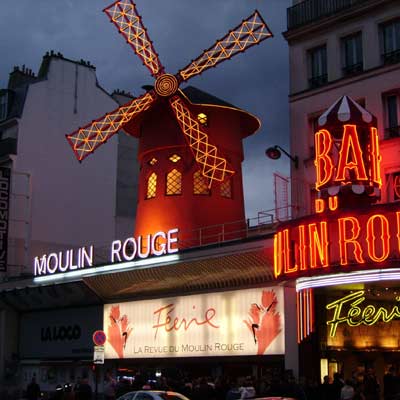
The Moulin Rouge
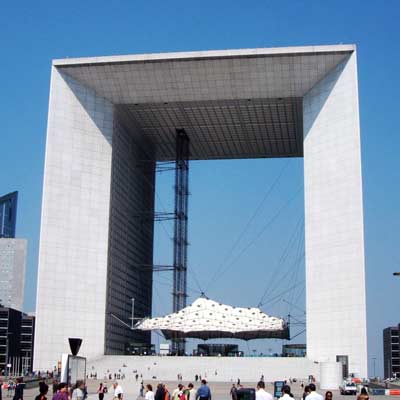
La Défense is the modern side to grand Paris
48hours in Warsaw
This perfect first 48 hours offers a fun-filled and exciting introduction to life in the Polish capital. It's a cocktail of wartime history, art, and – of course – good old Slavic beer.
Day 1: Hit the Old Town of Warsaw as early as you can. That way, you'll avoid the crowds, and – on a sunny day – get to catch the gilded medieval-style frontispieces in some perfect photography light. You certainly won't want to miss a moment on grand Plac Zamkowy (Castle Square).
The Royal Castle that gives it the name is the star of the show, with its orange-tinged exteriors and Baroque domes. It, like the whole rest of the Old Town, is actually deceptively new. The entire district had to be rebuilt from ruins in the wake of WWII.
Wait for the folk from the Free Walking Tour under Zygmunt's Column. Their two-hour odyssey through this part of the capital really digs down into the unique mosaic of architecture. After that's done, you can hit Nowy Swiat and follow the route Polish monarchs once took in and out of the city. It's now a buzzing modern thoroughfare with dumpling taverns and beer halls (perfect for lunch).
Follow it all the way south and hop a few more blocks and you'll soon be in Łazienki Park. It's an icon of the metropolis. An evening stroll here could start with a vision of the huge Chopin statue and end with a sighting of the Classicist Temple of Diana. For dinner, where better than hipster Mokotow? The district has everything from Tex-Mex to stylish sushi bars.

The Warsaw Barbican (barbakan warszawski) dates from 1540, and was part of the fortifications that encircle the city
Day 2: A selfie stop outside of the iconic Palace of Culture and Science starts day two with a bout of Soviet architecture. A 237-metre spire of a building, it was a personal gift to Poland by one Joseph Stalin. From there, a few trams stops can whisk you over to the Warsaw Uprising Museum. The enthralling exhibits of that showcase the heroic efforts of Poland's underground resistance during the fight against the Nazis.
Afterwards, make straight for the riverside and the leafy Vistula Boulevards. They're a hubbub of life in the summer months. Dog walkers meet buskers and street entertainers right by the water. (An optional drop into the family-friendly Copernicus Science Centre is a great addition if the rain's a-pouring). For the evening, hip and elegant Praga awaits. That's arguably Warsaw's most stylish area, with Lebanese kitchens giving way to bohemian bars and cool coffee shops.

The striking Palace of Culture, standing at 237m is the tallest building in Poland
Public transport in Warsaw means trams and buses. The network of more than 260 combined lines can take you virtually anywhere you want to go.
What's more – it's cheap! Just 3,4 PLN can get you from A to B on any route, but there are also 24- and 72-hour tickets that won't break the bank. You can get them at machines located at the stops, or in any kiosk dotted around town.

Saint Alexander’s Church was constructed in honour of the Russian tsar Alexander I
Warsaw has two international airports. There's the larger Warsaw Frederic Chopin Airport, which can be reached by direct train from Warsaw's main station on line S2 or S3. The smaller Warsaw Modlin International Airport is a hub for European low-cost carriers. To go from terminal to city from there, you can ride the private Modlinbus, or catch the loop train that goes to both airports and then Warszawa Centralna.
A big Polish presence and a welcoming local vibe means there's rarely trouble for tourists in WarsawPickpockets, angry bouncers in clubs, and the classic European taxi scammers are the most common frustrations beyond that. .
When it comes to picking a hotel, it's typically best to be on the western side of the Vistula River. Some of the very best accommodation choices hide amid the cobbled lanes and squares of the Old Town. Others sit within walking distance, by Mirow or the Palace of Culture and Science. Being on the far side of the river means finding some cool aparthotels in local's favourite Praga.
Paris is served by two large international airports. Low-cost carriers typically use Orly. From there, you can hop to Anthony Train Station and then switch to the urban metro line to reach the city. The trip costs around €12 in total. The more famous and larger airport at Roissy Charles de Gaulle is for long-haul fliers and premium services. It's linked straight to the Gare du Nord station in the middle of the city by regular trains that take around 35 minutes from terminal to town.
Choosing the right area to stay in Paris is important because each arrondissement has its own distinct vibe. You can pay extra and be somewhere like Grenelle and the 7th, where you're most likely to open your hotel window and be gazing at the Eiffel Tower. Or, you can opt for a B&B somewhere like the Canal-Saint Martin – a vibrant, student favourite – or in the 11th arrondissement – cheaper and more lived-in.
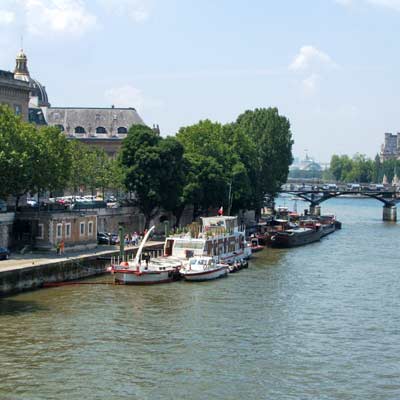
The Seine River meanders through the centre of Paris
The Parisian transport network is vast and efficient. Travelers shouldn't need more than the RER and Metro combination. They can be caught to virtually all the major sights and areas around the capital. You can purchase a contactless card ticket to travel on all the lines – tariffs are €1.90 per ride.
Even among the French themselves, the Parisian people are renowned for being curt and a little rude. Remember that this is a working, living metropolis, so expect central areas to be busy with commuters and the like. You'll also want to be especially cautious on public transport when carrying large luggage or travelling at night, because pickpocketing and thefts certainly aren't unheard of.
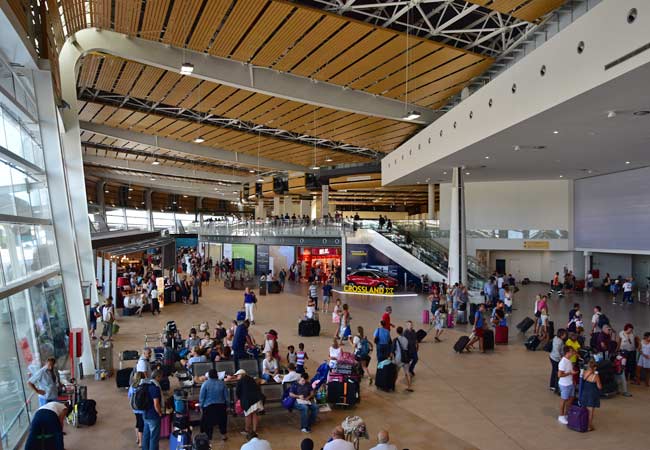
oh we were stuck in the airport!

Copenhagen was a bit expensive...

All we did was drink beer in Brussels...
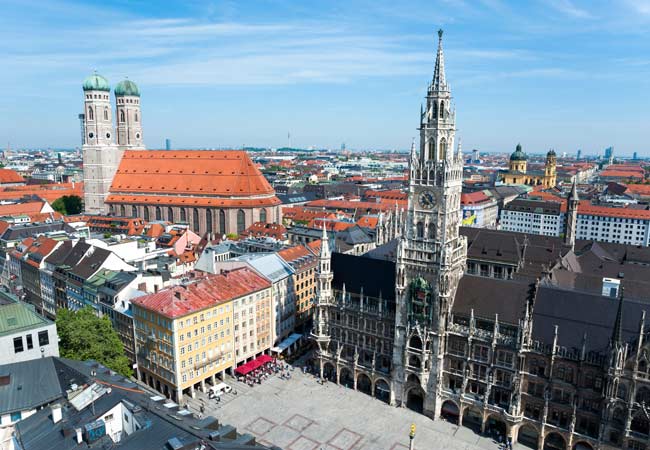
Muncih was crazy

And we got so burnt!
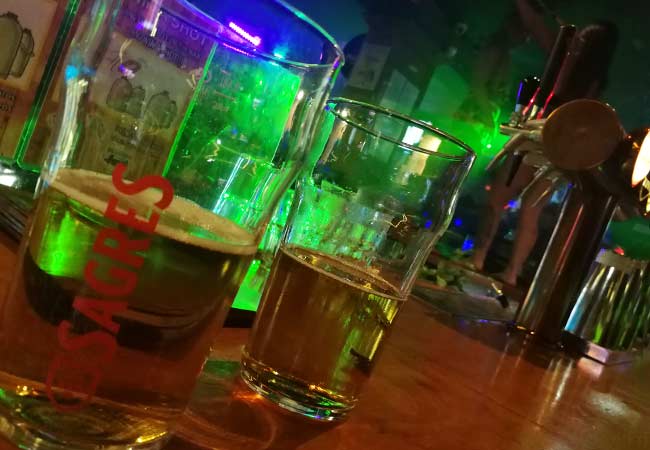
Remeber that night in Rome

oh we were stuck in the airport
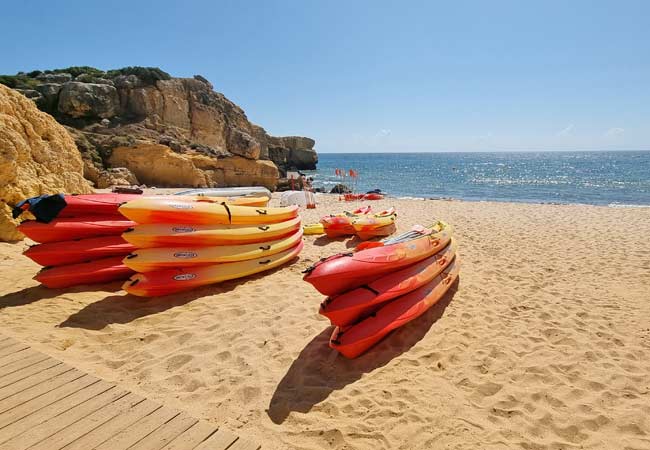
So much fun kayaking

Berlin and that group from Austria!

There was such a view from that church

And we got so burnt!

Munich was eventful, wasn't it!

Such a view from that cathedral in Florence
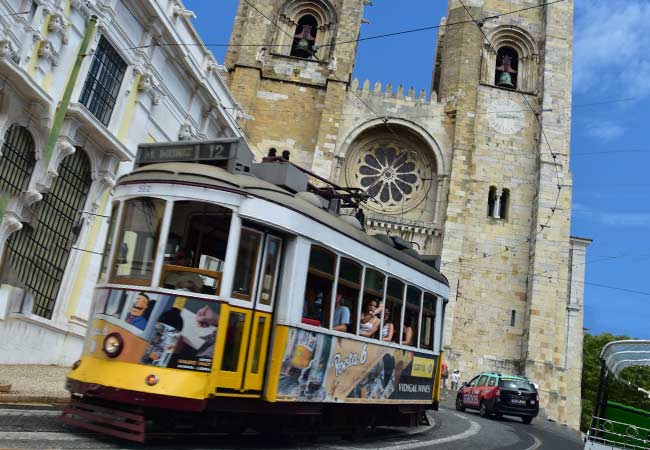
Lisbon was such so much fun

Last summer was so much fun .... x

Remeber that night in Rome

Lisbon was such so much fun

Such a view from that cathedral in Florence

Munich was eventful, wasn't it!

And we got so burnt!

Remeber that night in Rome

All we did was drink beer in Brussels...

Berlin and that group from Austria!

Can't wait to go back to Dubrovnik

Remember that boat ride in Prague

Copenhagen was a bit expensive...
